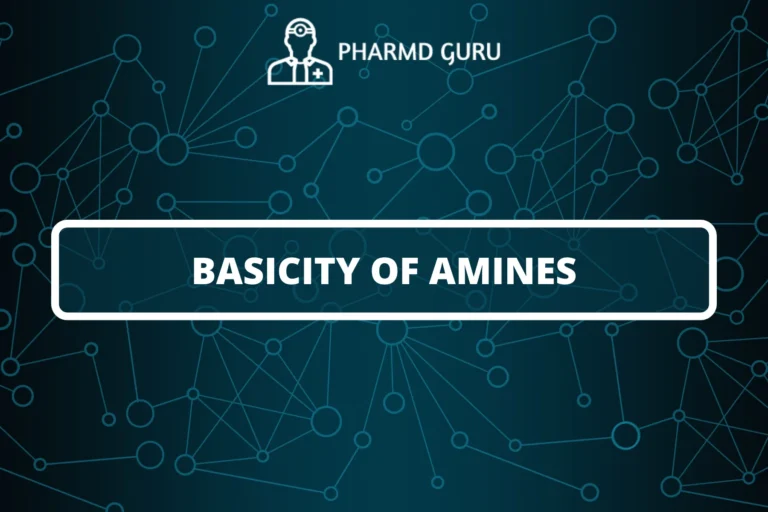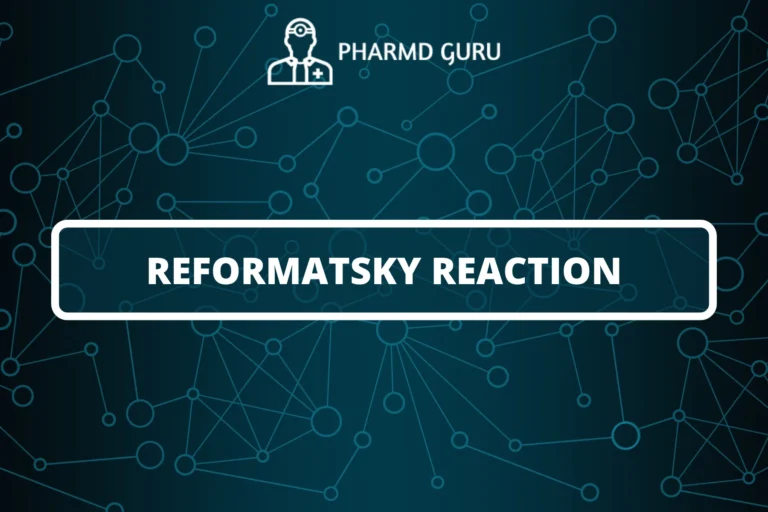
DIAZOTISATION AND COUPLING
Diazotisation and coupling are two sequential reactions commonly used in organic chemistry to prepare a variety of aromatic compounds, such as azo dyes and pigments. Let’s explore each step: SCROLL DOWN TO THE BOTTOM OF THIS PAGE FOR ACTUAL NOTES.…








